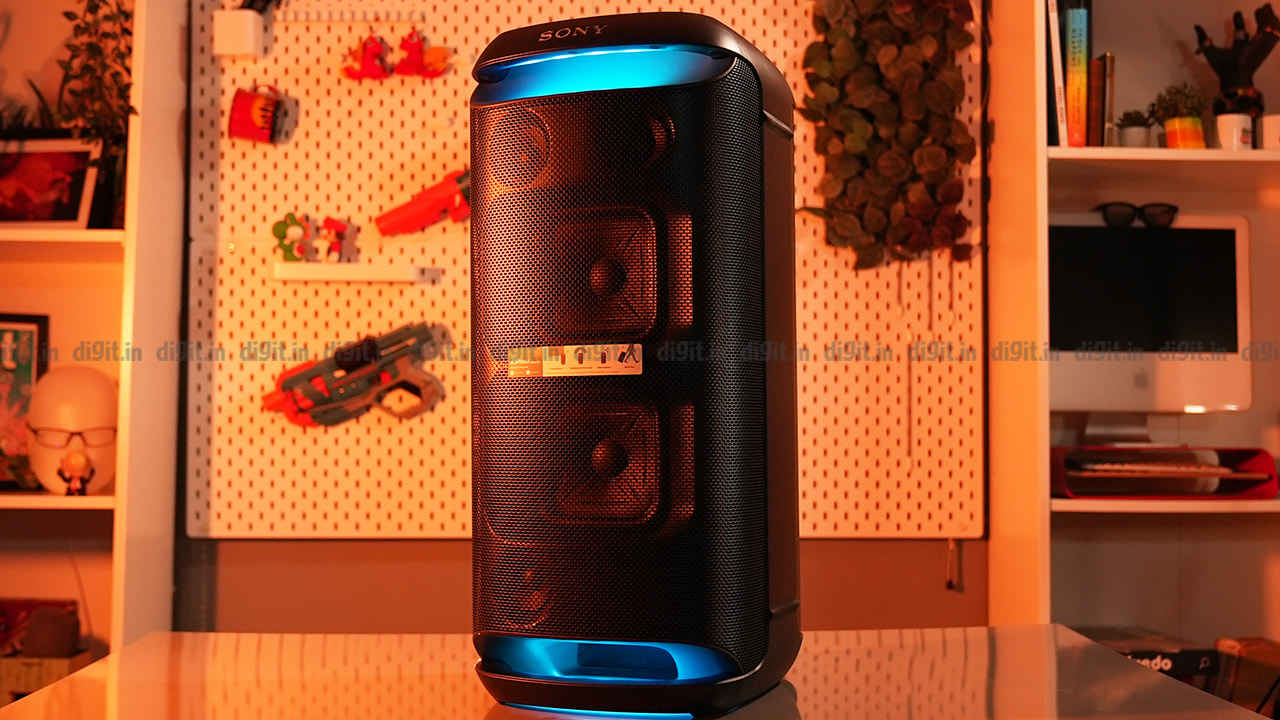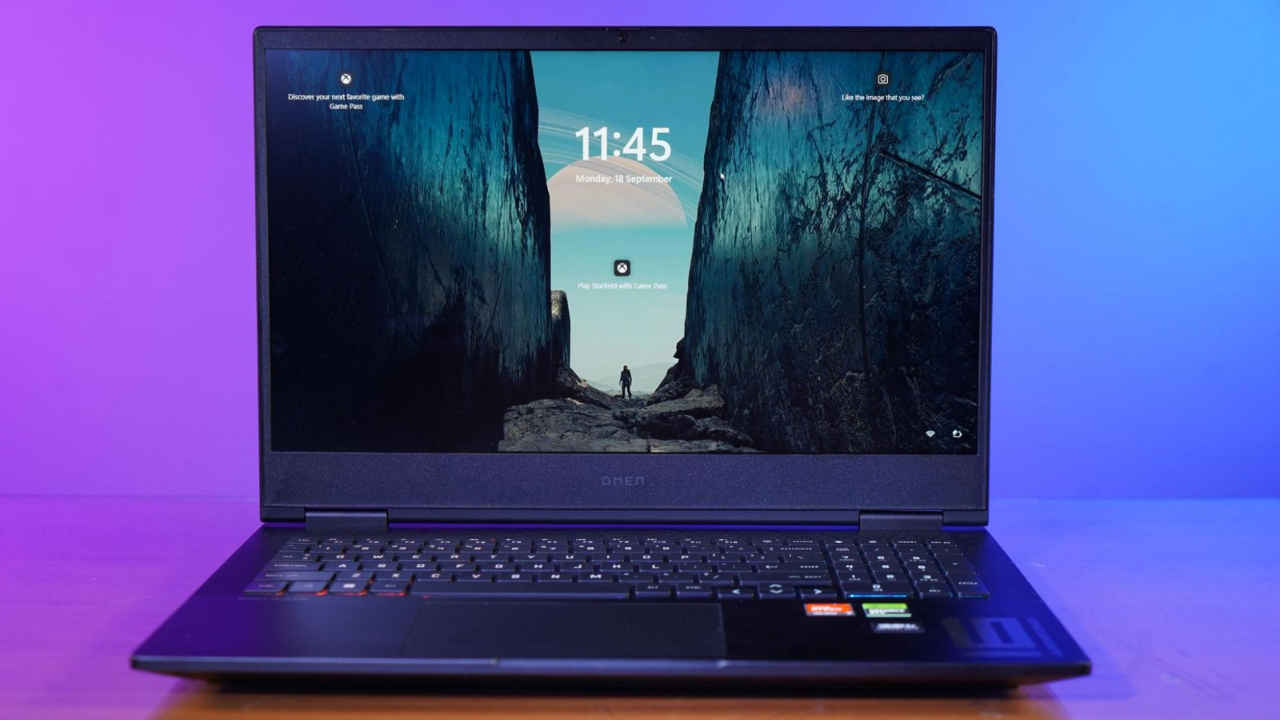Smart TVs have driven the demand for the overall TV market in India. Shipments of TVs in India grew 15% annually. Non-smart TV grew by 7% YoY in 2019.
TV shipment in India grew 15% annually, bringing the total number of units shipped in 2019 to 15 million as per a Counterpoint report. The growth is primarily driven by the budget smart TV segment. 32-inch TVs are leading this segment, available at affordable prices. Highlighting the Indian TV market growth, Senior Analyst, Karn Chauhan notes, “India is one of the largest markets in the world with more than 200 million potential TV households and is still underpenetrated which makes India a more attractive growth market for the entire TV and content value chain. The growing number of smartphone users in India is also driving a need for Smart TV as users look to continue their streaming content consumption on the bigger screens when at home. The broader broadband penetration in the home will further drive the overall smart TV usage. Though affordability and value for money are the key growth drivers. The new crop of brands such as Xiaomi, TCL and others are tapping their existing relationships with e-commerce channels such as Flipkart, Amazon, etc to successfully distribute the TVs affordably with a direct-to-consumer model.”
Commenting on the competitive landscape, Research Analyst, Debasish Jana, shared, “Samsung continues to lead the overall TV market but the emerging smart TV segment is being cornered by the newer players. Smart TV was the fastest-growing segment, up 25% YoY. The smart TV market in India was mostly driven by brands like Xiaomi, Samsung and emerging tail brands such as TCL, Vu and others, which are leveraging their growing channel presence both online and offline to target the new users and upgrade users. Non-smart TV grew by 7% YoY in 2019. While Samsung, LG, Sony are experiencing a YoY decrease in their non-smart TV business, brands like BPL, Sansui and others are still banking on the non-smart TV segment that mainly caters to the rural market, B2B segment or a second bedroom TV in many cases.”
Mr. Jana, further added, “Brands like Xiaomi, TCL, VU have been expanding over the last few years taking on incumbents such as Samsung. LG, Sony, and Panasonic. Furthermore, 2019 was marked by the entry of smartphone brands such as Motorola, Nokia, OnePlus with their Smart TVs looking to build a connected device story complementing their smartphone devices. These new-age brands from Xiaomi to OnePlus are offering high specifications, some unique features at highly affordable price-points targeting urban users via e-commerce channels. This has led to some serious price-cuts by competition during the year to match the value proposition from these Chinese brands leveraging the cost-effective e-commerce channels.”
The Counterpoint report breaks down the performance of TV brands in India as follows.
Samsung recorded a 6% YoY growth in 2019. This growth is mostly coming from its smart TV portfolio which saw 5% YoY growth and includes N5000, N7000, R5000 and R7000 models. In the Rs 50,000 and above price segment, Samsung leads the market with a 40% market share. Its non-smart business, however, declined.
Xiaomi is the leader in the smart TV segment with 40% YoY growth in 2019. This growth was driven by the popular models, such as Mi TV 4A, 4A Pro and 4C Pro series TV in both 32 and 43-inch sizes.
LG’s share has taken a hit due to lower than expected performance in the non-smart TV market. For LG, 32- and 43-inch TVs performed well in 2019 with models like LJ573D, LK526B, LM560B, LK616B, etc. LG is growing strongly in the sub Rs 30,000 segment. In 2019, LG introduced its Nano cell Smart TV with ThinQ AI technology in India.
Sony’s overall TV shipments declined 14% YoY. Smart TVs, on the other hand, helped Sony keep some of its markets with 3% YoY growth. The X80G, X90G and A8F series became quite popular for Sony this year.
TCL made 110% YoY growth this year. Its Smart TV business grew even more with a 186% YoY increase thanks to its affordable smart TVs such as S6500, P6 and P8 series.
Other brands like Kodak and Thomson made an impressive 40% YoY growth in the market while VU and BPL have recorded 16 and 35% growth respectively.
LED TVs still account for more than 90% of the market in India, OLED and QLED TV the remaining 10%.
Android is leading the Smart TV market when it comes to the operating system (OS) with a 30% market followed by Samsung and LG’s homegrown TV platforms Tizen and WebOS respectively. The Indian smartphone market is dominated by Android and that may influence consumer's Smart TV purchase decisions.
The report concludes by saying that “with the popularity of OTT platforms and robust Internet connectivity, the Smart TV market will continue to grow in India. The budget-oriented Smart TV sector will dominate the market as the majority of Indians are likely to taste the water with less costly Smart TV before making any high-value purchase decision”.
The quality of budget Smart TVs in India has also seen improvement. 2018 and 2019 were populated with Android Smart TVs running on AOSP (Android Open Source Platform). AOSP isn't the best experience when it comes to a Smart TV experience but brands like Xiaomi, TCL, iFFALCON, and more moved quickly to offer users an Android TV experience. LG’s WebOS and Samsung’s Tizen also saw presence in the budget segment.
A lot of these budget TVs offer 4K resolution along with HDR support, but the HDR performance of these TVs has been lacklustre. With TVs like the Nokia TV and recently announced Kodak TV offering 400 nits of brightness and Dolby Vision support, HDR capabilities of these budget HDR TVs will get better, making it tougher for most to invest in a flagship TV.

 4 years ago
83
4 years ago
83








 English (US)
English (US)